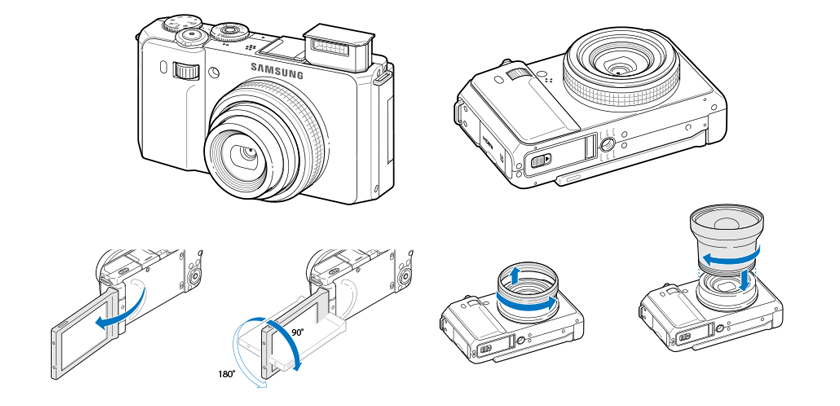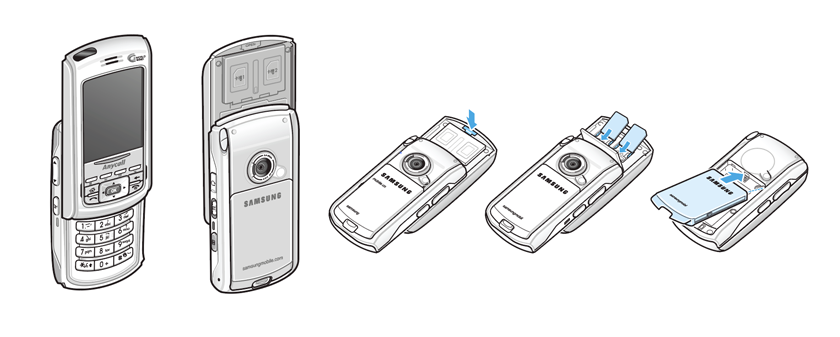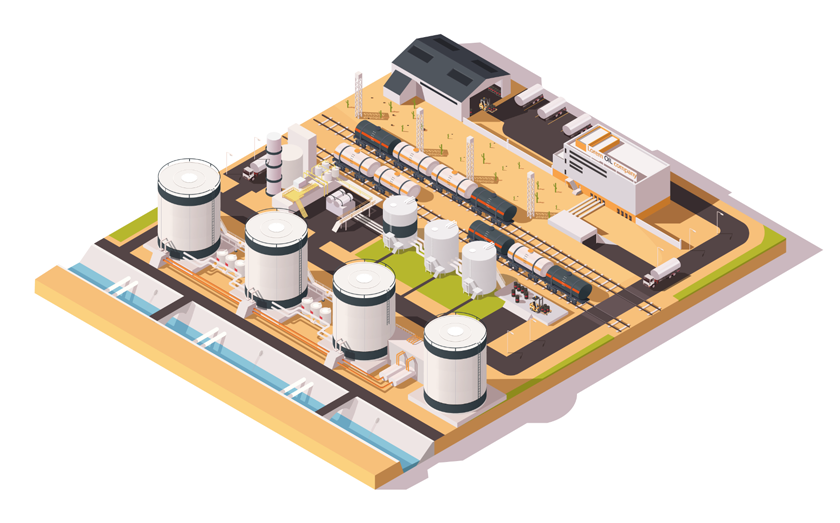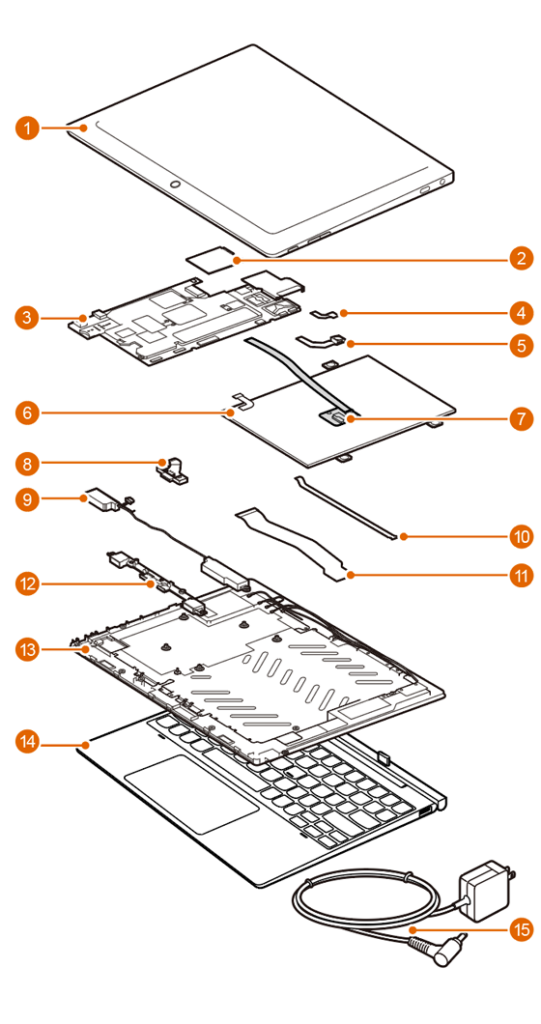In today’s fast-paced world, clear and effective communication is essential, especially in instruction manuals where complex technical information needs to be conveyed precisely. Technical illustrations play a pivotal role in making these details accessible and understandable. In this article, we will explore the role of technical illustrations in instruction manuals, the different types of illustrations, and how each is applied in this context. We’ll also examine the challenges that arise during the creation process and how they impact the effectiveness of instructional content.
What is a Technical Illustration?
Technical illustrations are visual representations designed to communicate complex concepts, products, or processes in a clear and accurate manner. They are commonly used in technical documents, instruction manuals, and user guides to make complicated information more accessible. These illustrations range from simple 2D line art to more detailed 3D renderings and exploded views. Their primary goal is to make technical content easier to understand for users, regardless of their expertise level.
To create high-quality technical illustrations, technical illustrators must possess both technical knowledge and artistic skills. In addition to proficiency in using specialized software tools, they must also be well-versed in industry standards, precision, consistency, and project management. Together, these skills enable the creation of technical illustrations that serve as a vital component of user documentation.
Key Types of Technical Illustrations
Let’s explore some of the most common types of technical illustrations and their unique applications.
1. Line Art
Line art is a minimalist style composed of simple lines that focus on clarity over detail. This type of illustration is frequently used to depict product shapes, components, and assembly instructions. Line art’s clear and concise nature makes it an ideal choice for both print and digital manuals, particularly in user guides, assembly instructions, and parts catalogs.

One of the key advantages of line art is its adaptability. The same illustration can be reused across different product models with minimal modifications, saving time and resources. Additionally, it is easy to update line art for new product versions, making it highly efficient for long-term use.

Challenges and Limitations: Line art often requires manual creation by skilled illustrators, making it difficult to automate. Maintaining consistent quality and detail across illustrations demands a well-established guide that must be strictly adhered to. Without these measures, achieving consistent, high-quality line art can be challenging.
2. Shaded Illustrations
Shaded illustrations add depth and dimension to basic line art by incorporating shading. This approach is particularly useful for visualizing complex shapes or components. The added detail makes shaded illustrations effective for both cover images and for explaining intricate mechanisms or internal structures.

Challenges and Limitations: Like line art, shaded illustrations are also challenging to automate and require manual intervention for the best results. Consistency in shading and detail can be hard to maintain without a structured guideline, which is crucial for producing high-quality outcomes.
3. 3D Rendering
3D renderings offer a highly realistic visual representation, often used to display the structure, assembly processes, and internal components of products. In technical documentation, 3D renderings are typically simplified, focusing on key information without unnecessary detail.

On the other hand, for marketing or advanced user materials, realistic textures, lighting effects, and colors may be applied to create a more engaging experience.

Challenges and Limitations: While 3D renderings deliver superior visual quality, they are resource-intensive, requiring significant time, cost, and technical expertise. Additionally, large file sizes and software compatibility issues can pose challenges. Overly detailed renderings can sometimes overwhelm users, detracting from the core information.
4. Isometric Illustrations
Isometric illustrations offer a simplified 3D perspective that maintains accurate proportions without distortion. This style is especially effective for showcasing spatial relationships between components or steps in an assembly process. Because of its clarity, isometric illustrations are not only used in technical documents but also in fields like architecture, urban planning, and interface design.

Challenges and Limitations: While isometric illustrations are excellent for conveying spatial relationships, they struggle to depict realistic depth and complex curves. Creating precise isometric visuals requires a deep understanding of geometry and significant drawing skill, which can extend project timelines.
5. Exploded Views
Exploded views visually break down a product into its individual components, clearly showing their relative positions and how they fit together. This style is highly effective for assembly guides and maintenance manuals, as it helps users understand how to correctly assemble or disassemble a product.

Challenges and Limitations: Although CAD or 3D modeling tools can automate parts of this process, fine-tuning is often required to ensure clarity and visual balance. For complex machinery, automated tools might fall short, necessitating manual adjustments by experienced illustrators. This additional work increases both time and costs.
Hansem Global’s Technical Illustration Expertise
At Hansem Global, we combine years of experience with industry expertise to deliver top-tier technical illustrations across various sectors. Our team of skilled illustrators leverages the latest tools and techniques to create visuals that clearly communicate complex product structures and functions. From technical documentation and repair manuals to installation guides and user manuals, we provide consistent and precise illustrations tailored to your needs. If you’re looking to enhance the effectiveness of your user documentation, Hansem Global is your trusted partner.






